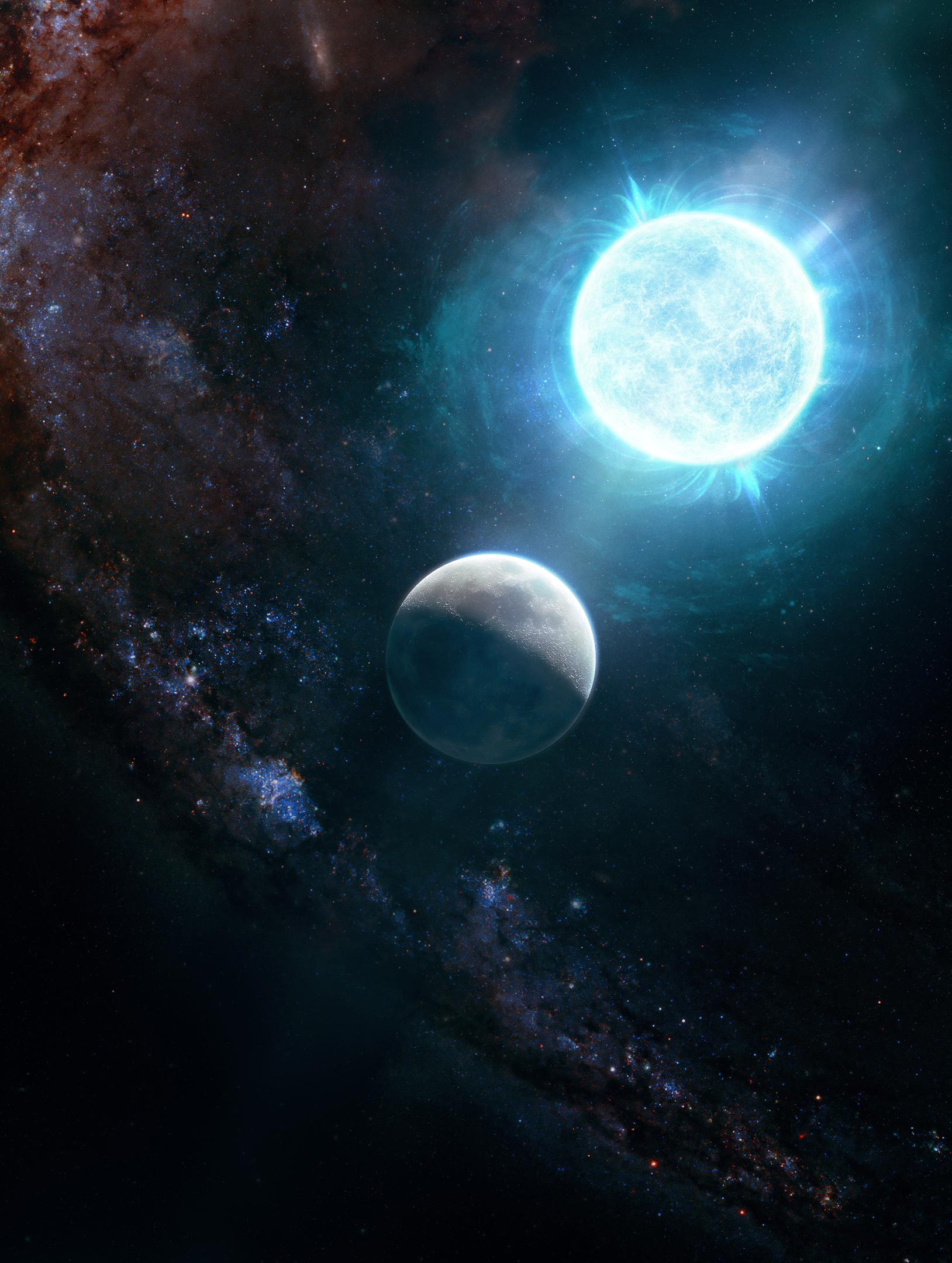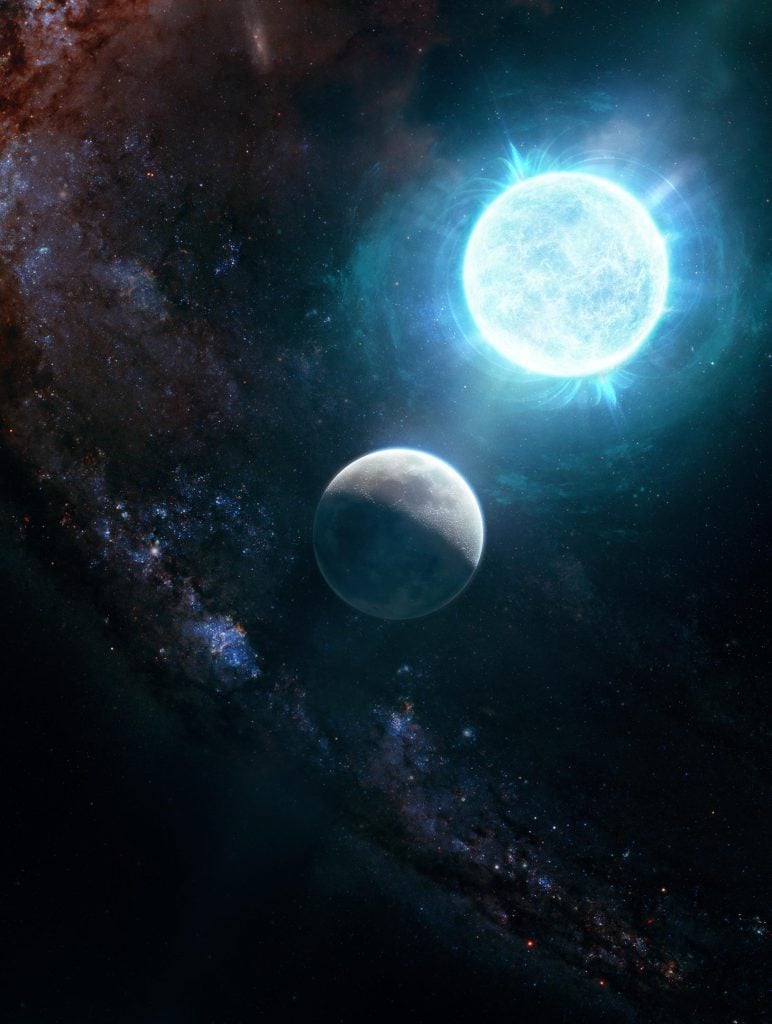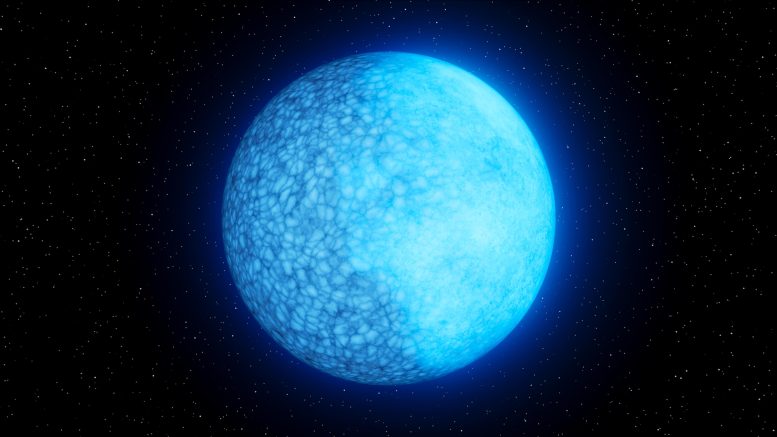

ISTA is pleased to welcome stellar evolution specialist Ilaria Caiazzo as an assistant professor.
A two-faced star, a star as massive as the Sun but as compact as the Moon, and star ‘corpses’ that engulf entire planets and disrupt planetary orbits. Ilaria Caiazzo, an astrophysicist renowned for her remarkable discoveries, has joined the Institute of Science and Technology Austria (ISTA) as an assistant professor. Her journey took her from studying philosophy to exploring the evolution and death of stars, all while nurturing a wide range of passions, including film production.
Ilaria Caiazzo has always had a broad spectrum of interests. Her path to astrophysics started in philosophy and metaphysics, with questions such as ‘What is time?’, ‘Where do we come from?’, and ‘What is the origin of the universe?’. “Astronomy is a strange type of science that relies heavily on observations. We cannot run experiments; we must observe and make sense of what we see,” she says. “It feels like doing detective work: we must collect precious evidence without messing with the crime scene.”

Neutron stars and white dwarfs
Now, Caiazzo is particularly interested in neutron stars, star ‘corpses’ of a mass similar to the Sun but as small as a city. “These objects are therefore so dense that a spoonful of a neutron star would weigh more than Mount Everest,” she says.
To understand such stars, one needs to take all of physics into account, from the theory of general relativity to quantum mechanics. Also, the extreme nature of neutron stars allows scientists to test the laws of physics under conditions not attainable in laboratories on Earth.

On the other hand, Caiazzo also studies white dwarfs, highly prevalent star remnants that allow scientists to understand the evolution of almost all stars and planetary systems in the universe, including the solar system. White dwarfs have a mass similar to the sun with a size as compact as Earth.
Before our Sun turns into a white dwarf and dies, it will first puff out and engulf Mercury, Venus, and perhaps even Earth, while it disrupts the remaining planets’ orbits. A white dwarf’s outermost layer is made up of the lightest element present, usually hydrogen. It has been predicted that some hydrogen-dominated white dwarfs transition into helium-rich white dwarfs at a certain stage of their evolution. Since these layers are gaseous, one would expect such a transition to be uniform all around the star’s surface.
However, in 2023, Caiazzo made the major discovery of a ‘two-faced’ white dwarf nicknamed Janus. “Janus shows a sharp border between its hydrogen-rich and helium-rich faces, something never observed before. To keep these gaseous elements separate, Janus must have a magnetic field at its surface that creates this asymmetry,” she says.
A movie producer and a Knight of the Order of Merit
Caiazzo has a long-standing passion for scriptwriting and producing, thus managing her time to juggle multiple interests. Furthermore, shortly before joining the Institute of Science and Technology Austria (ISTA), Caiazzo became a Knight of the Order of Merit of the Italian Republic. “Receiving such an honor for doing good research felt surreal. The media attention in Italy and around the world started with my first Nature paper, in which I described the smallest observed Moon-sized white dwarf. Then the story with the two-faced star amplified the wave.”
Helping make ISTA a pole of attraction for astronomy
From her first visit to ISTA during the faculty application process, Caiazzo felt that this was a place where she could create exciting things and help shape a growing astronomy field. “I am working with my fellow astrophysics colleagues on turning ISTA into a pole of attraction for astronomy in Europe,” she says.